“Experimental film is often the result of an auteur challenging established conventions with fresh ideas.” With reference to your chosen film option, how far do you agree with this statement?
Planning:
Intro: I agree with the statement large extent. Make reference to the concept of Auteurship and explain how Tarantino is one, making reference to Pulp Fiction,
Explain how Tarantino is an auteur through his subversion of convention, making specific reference to sequences in Pulp Fiction. Describe how the film experimental and LTQ!
Explain why he is an auteur through his filmography motifs and reoccurring experimentalism signature to his oeuvre.
Make reference to criticism of the auteur theory and show why experimental film is not always made by auteur, and can be a result of a directors wish to dismantle convention, but acknowledge the increasing influence of directors who create experimental film, e.g Nolan or Wes Anderson. Experimental or auteur for different reasons, i.e narrative or visuals, etc.
Conclusion: Link points together, explaining why Tarantino has created an experimental film through his Auteurship, but experimental film, while common among auteurs, is not specific to them.
Version 1:
I agree with this statement to a large extent as auteur directors will often strive for new and original films, and often achieve this through experimental methods of filmmaking. The auteur theory states that a director who exudes a specific style or aesthetic that is singular to them, making their work recognisable as having been made by that director, is an auteur.
Tarantino is considered an auteur director because of the nuanced way he subverts narrative convention in Pulp Fiction. The film is episodic, circular, and each plot arc plays out in a linear order within itself. Tarantino keeps the film interesting by frequently swapping audience perspectives and playing major events in the story out of order, keeping the story and plot out of sync for the entire film. The way that he plays around with established narrative form in an otherwise cliche genre setting makes the film experimental, and this experimenting with narrative has become a staple of Tarantino’s oeuvre. This can also be seen in his other film, Reservoir Dogs (Quentin Tarantino, 1992), where the events taking place in the present are often broken apart or interchanged with snippets of the events leading up to them. Therefore, experimental film is often the result of an auteur challenging established conventions with fresh ideas, and this is significant in Tarantino’s style as an auteur in creating nuanced narrative.
Tarantino is also experimental in his approach to other aspects of filmmaking. In Pulp Fiction, this can be seen in the dialogue. Conversations are often entirely centred around copious pop culture references, typically music and film of the 1970s that Tarantino himself appreciates, making it more distinct to him as a director. There is subtext to these seemingly pointless discussions, and crude language within them is another motif of his filmography that makes his films recognisable as having been made by him. Obscure, vintage soundtracks, shooting on film, subversion of genre cliches, here that is crime/thriller, extreme violence used for comedic effect are also reoccurring staples in his entire body of work that make him films instantly recognisable as a Tarantino film. This can be seen in Pulp Fiction in the conversation between Jules and Verne. They casually talk about TV and fast food for a long period of time before carrying out a hit in an apartment. This scene is very drawn out, uses entertaining yet seemingly unrelated dialogue, and climaxes in a bloody and violent death. Therefore, auteurs do often experiment with new and fresh approaches to established film conventions to make their films more distinct and specific to them. This can be seen in Wes Anderson, for example, whose oddly symmetrical visuals and dry humour and dialogue give his work an individuality in their experimentalism and a link to him as a director. Therefore, auteurs will often create experimental film through a desire to make nuanced, interesting films specific to their oeuvre.
However, I do not completely agree with this statement, as auteur theory has been criticised for placing too much emphasis on the director alone as the creator and executor of an artistic vision in a film. There are many people who work on a film, for example, the cinematography for Pulp Fiction was done by Andrzej Sekula, who would go on to do a number of Tarantino’s other films. Therefore, it can be argued that Tarantino alone did not create the experimentalism of Pulp Fiction, rather a group of people who each input their vision and skill. However, this can be argued against as Tarantino wrote the script for Pulp Fiction, and often with other auteur directors the crew of a film may input their own ideas, but ultimately they carry out and partly execute the artistic view of the director who oversees that the film executes their idea/vision correctly. Therefore, many auteur directors do execute their vision in their films accurately enough so that it is specific to them, and any experimental narrative, dialogue, or aspect of it can be attributed to them and their desire to create a nuanced and fresh subversion of an established convention. Therefore, I agree with this view to a large extent.
I agree with the view that Experimental film is often the result of an auteur challenging established conventions with fresh ideas to a large extent. While experimental film is not specific only to auteur directors, most auteur directors will create and execute fresh, innovative takes on film convention to make original and entertaining works that are recognisable as their due to an overarching style in their filmography, as seen with Quentin Tarantino, and this drive for originality and ingenuity often results in experimental approaches to filmmaking.
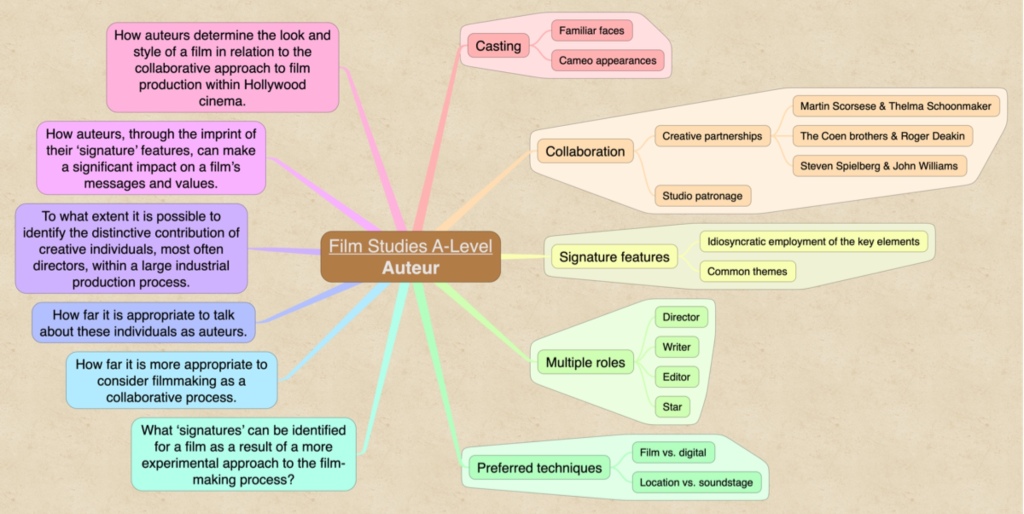
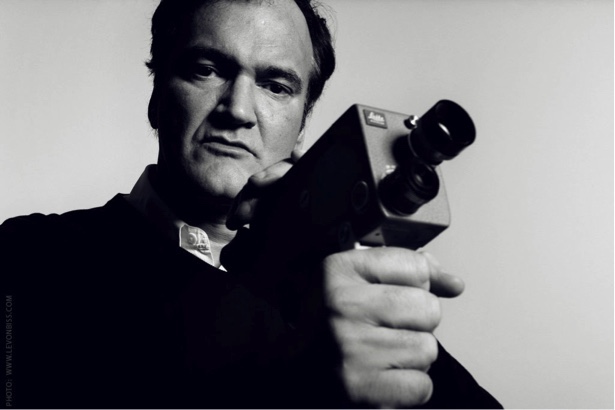
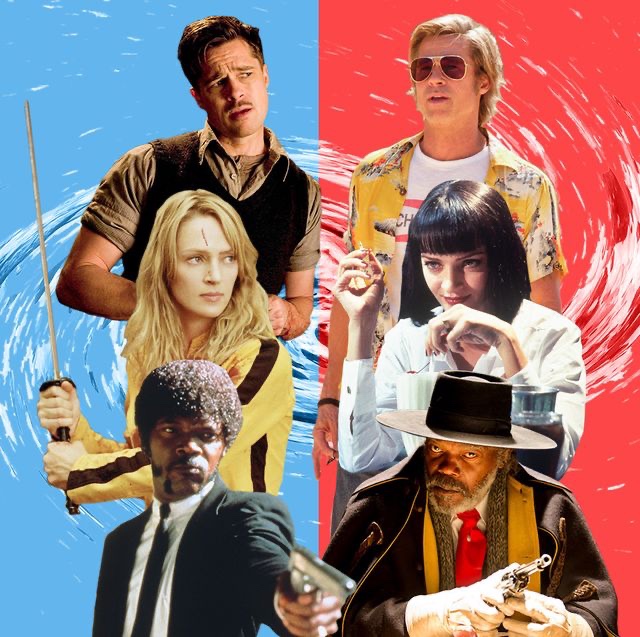

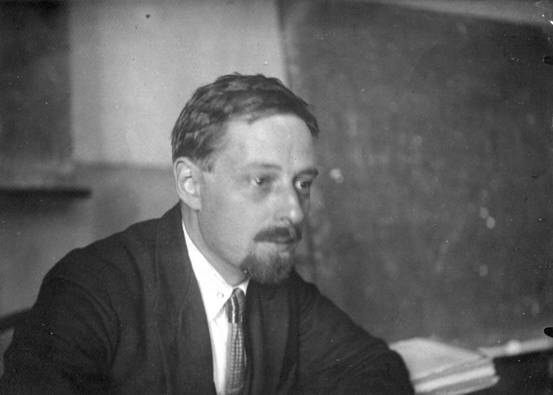
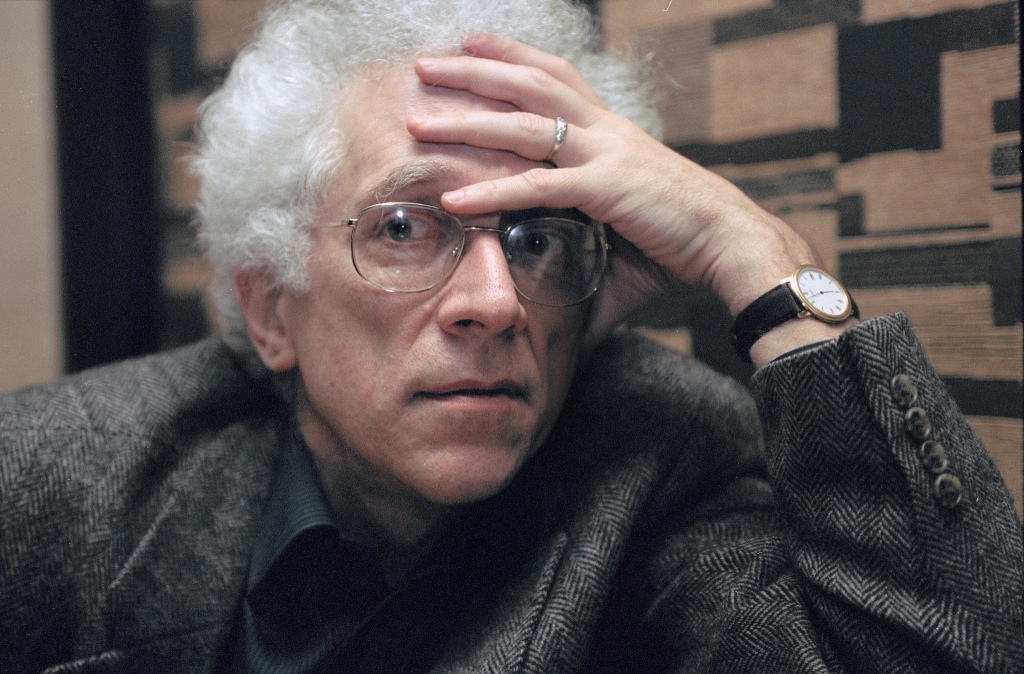
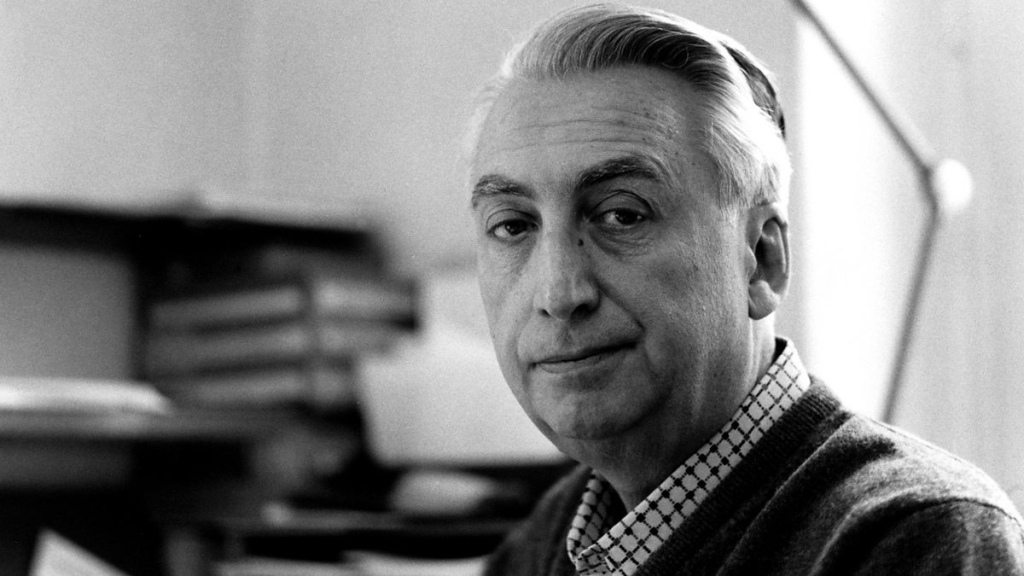
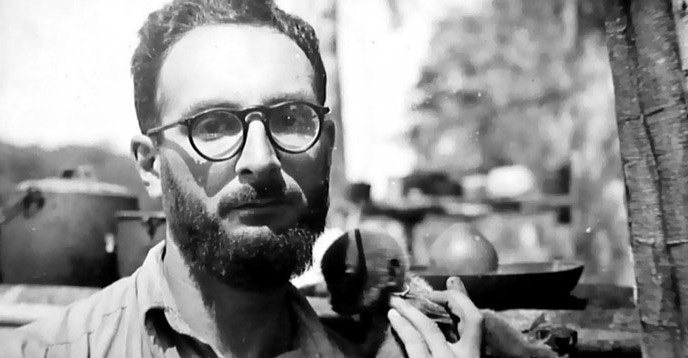
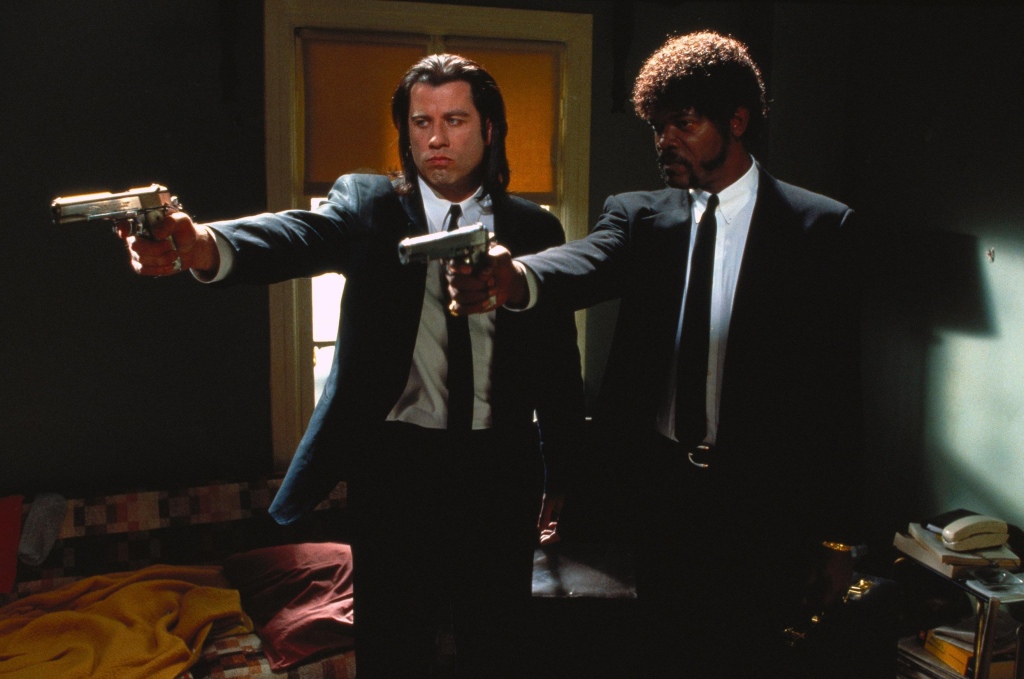
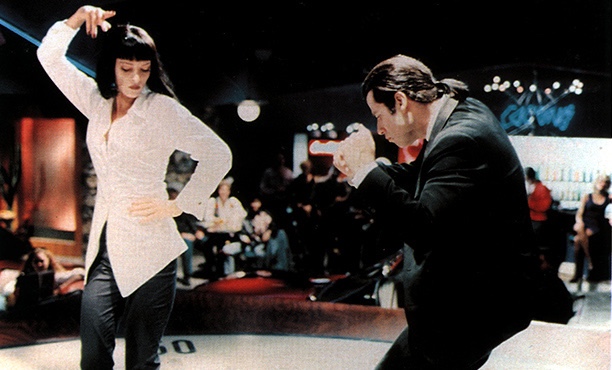
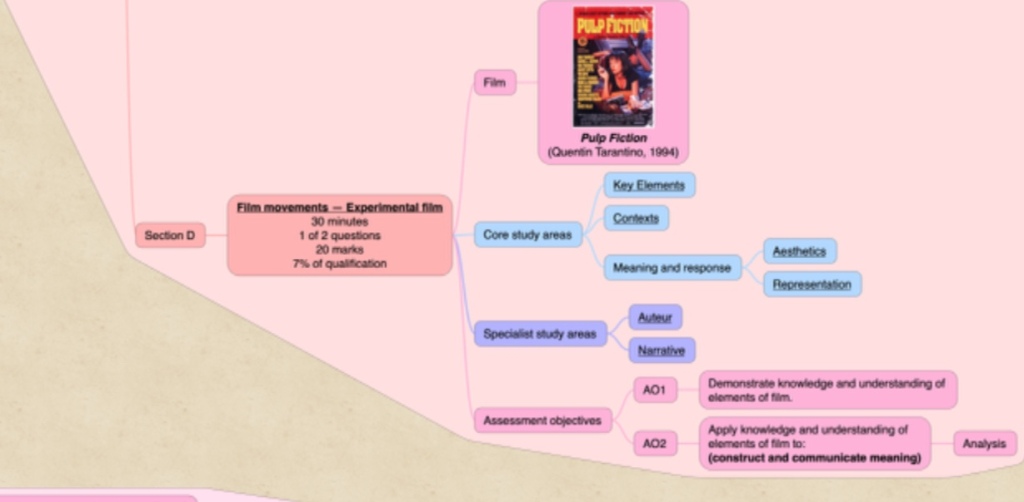
You must be logged in to post a comment.